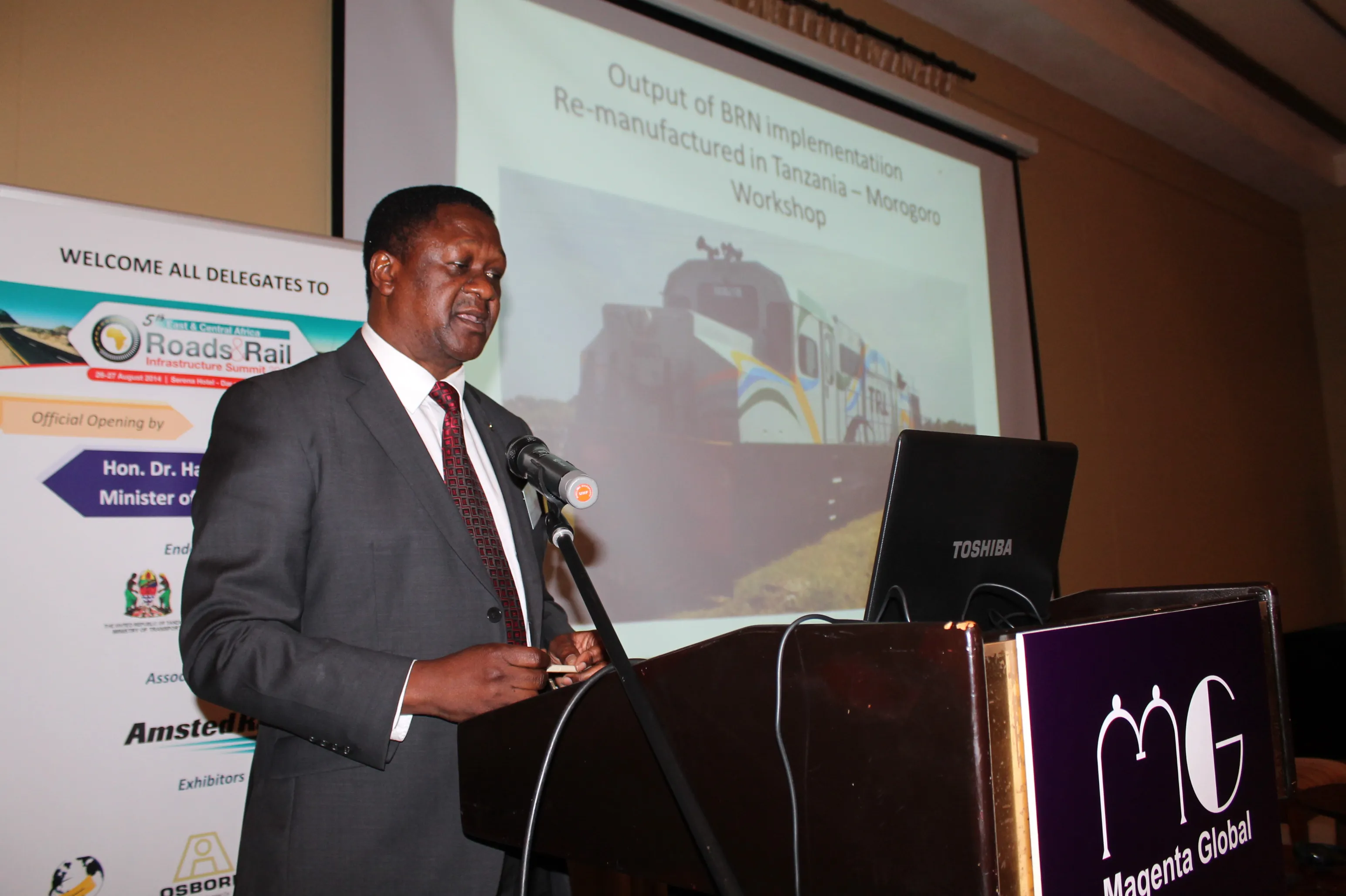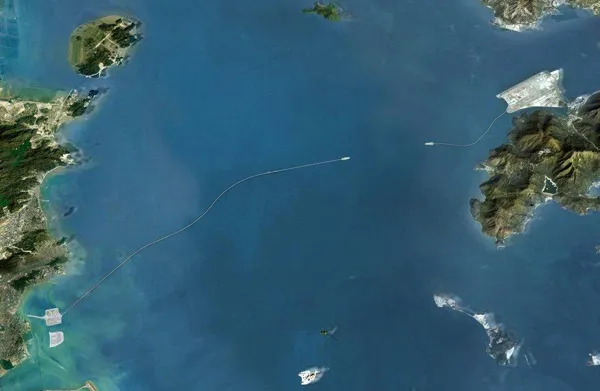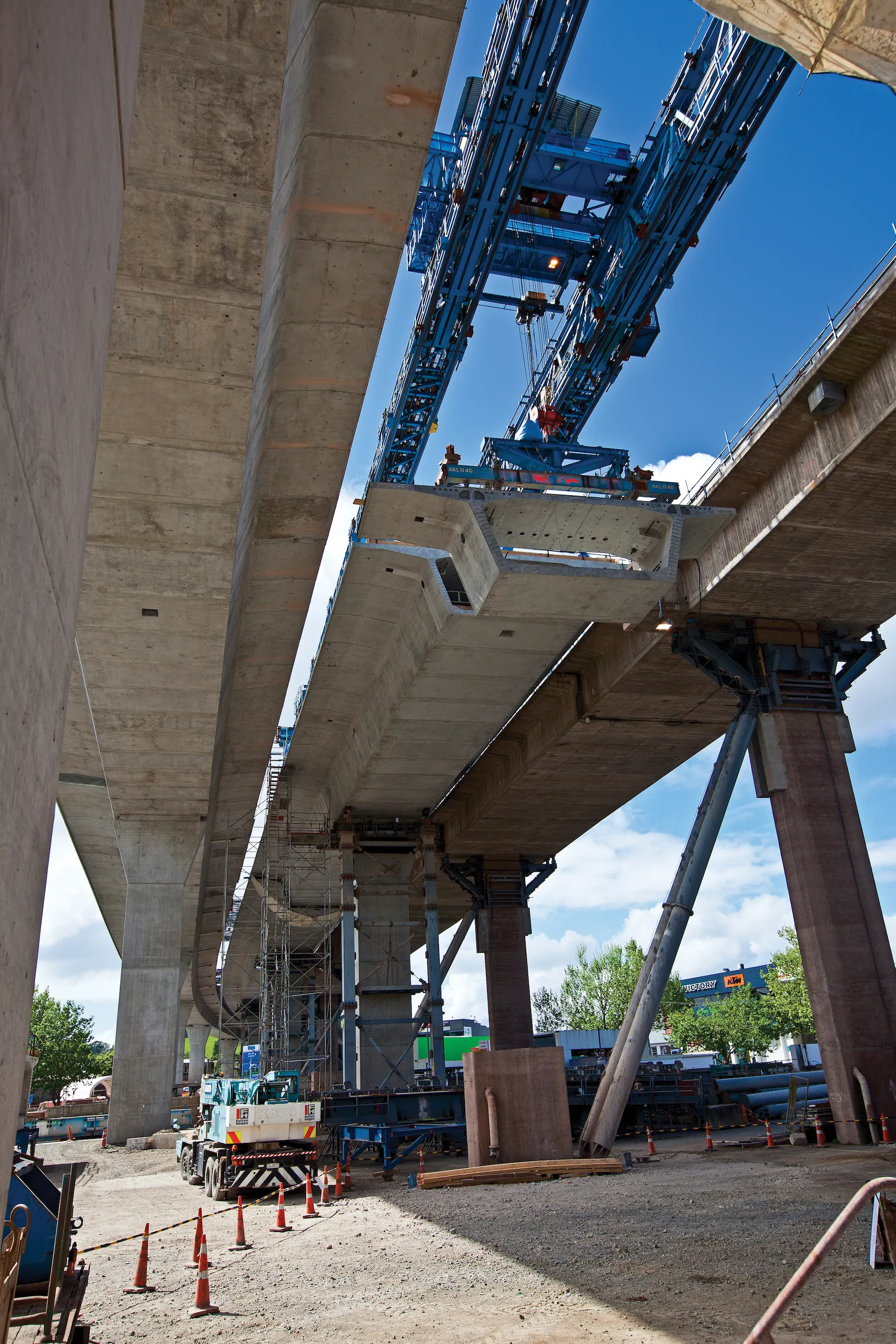Under the project, the highways directorate has already widened 190km of the two-lane highway to four-lanes and constructed three flyovers.
The sources also said now the agency has estimated the cost for constructing the full 217km at nearly US$2.4 billion without land acquisition cost.
They said the nine times higher cost has been estimated for the expressway project on the same highway mainly to acquire land for it.
Project office sources said an additional $1.62 billion will be required for the public-private partnership project to acquire 775 hectares of land and shift utilities shifting work, which was not required for the four-lane widening project. Most of the land across the entire corridor of the four-lane project was acquired in 1960s, the Financial Express said.
Meanwhile, badly planned and positioned flyovers are being blamed for holding up construction of Dhaka’s planned 22km bus rapid transit system. Only around 10km of the six-lane project – two central lanes exclusively for buses – are likely to be built and not until 2024, transport officials are reported to have said.
The 22km route starts at the airport and will end in the port area of Keraniganj. The trip takes about three hours by car but would take around half an hour by bus rapid transit.
Land costs push up the price tag of the Dhaka-Chittagong Expressway
Ballooning land acquisition costs are pushing up the cost of the proposed 217km Dhaka-Chittagong Expressway, according to media reports.
Under the project, the highways directorate has already widened 190km of the two-lane highway to four-lanes and constructed three flyovers.
The sources also said now the agency has estimated the cost for constructing the full 217km at nearly US$2.4 billion without land acquisition cost.
August 23, 2018
Read time: 2 mins
Ballooning land acquisition costs are pushing up the cost of the proposed 217km Dhaka-Chittagong Expressway, according to media reports.








